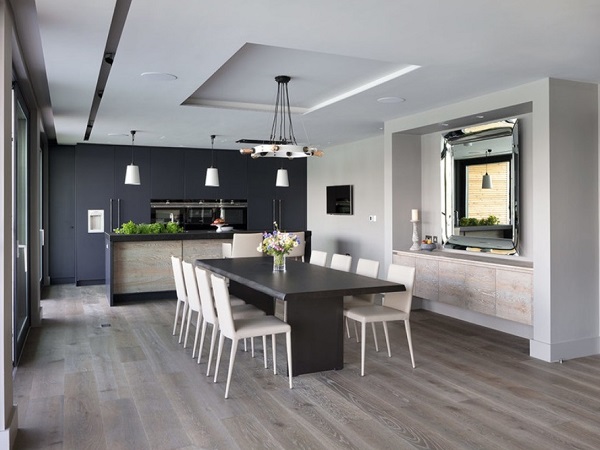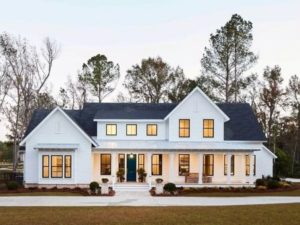Even if you have a traditional square dining room, or if you are crafting a transitional area between an open-plan kitchen and a sitting room, choosing the best dining table to bring the space together is essential.
The dining room table is always the centrepiece of the meeting place for your loved ones, so it is natural to ensure everything works beautifully, suits the decor, and maximise the style of your house.

There are several dining tables from which to choose, and here are the factors you have to weigh when finding the modern dining table that is perfect for you and your home.
Design
For a consistent style in your house, choose a table that fits perfectly with your current dining room décor to establish an aesthetically cohesive atmosphere for a comfortable dining experience. Scandinavian-designed dining tables are signature items that merge style and substance will add a touch of woodsy charm to any compact inner-city flat or mid-century urban household.
Driftwood and wooden iron tables with bare brackets are perfect for bringing modern decor into modern dining settings. When selecting a modern dining table, have a broader perspective of your décor, and choose one that boosts your aesthetic.
Material
Although there is no good or bad decision, a thorough review of table materials will make a massive impact on your current dining decor. Wood tables made from solid oak occupy space, offering a definitive point of focus. Glass tables are sleek and subtle, expanding the room and enabling certain design features to pop out.
Stone dining tables, such as granite and marble, provide a perfect, elegant charm. Steel options, however, work especially great for urban and industrialised dining areas.
Scale
Choosing the right compromise of scale and room improves the appearance and functionality of the dining area, making it necessary to match the space that the table occupies to the floor space available. Allow at least a metre buffer behind the seats to the walls or any other furnishings so you and your visitors can comfortably move around.
Visualising where you will position your tables with a painter’s tape can make it a lot easier to see how the dining room table blends into the room.
If you are hosting significant events that only take place several times annually, investing in an expanded table with extensions is a practical solution so all the visitors can sit comfortably. Do not forget to buy additional dining seats for such special occasions. Contemporary folding chairs or stacked stools are suitable for preserving valuable floor space in condos and smaller rooms.
Shapes
Rectangle
Rectangular dining room tables are the most common of all types, famous for its design and versatility. Traditional rectangular dining tables can accommodate more than square and round tables. They function wonderfully in long and narrow rooms but are also excellent for open settings, leaving them particularly beautiful in modern, open-plan dining areas.
Round/Oval
Round dining tables provide flexibility in a multitude of environments. If used for a kitchen nook or in a tiny square-shaped space, circular tables may build an intimate atmosphere and offer enough legroom if you have a pedestal foundation. Go for round dining tables if you have to fit five people or fewer to prevent people from feeling too far apart from one another.
Square
Square dining tables provide a sense of balance in both large, spacious dining rooms and rectangular areas like the kitchen. Square tables are sometimes low and, therefore, unable to host large groups, although they are suitable for any gathering with a few guests. The compact size often renders square dinner tables ideal for making a comfortable, chic breakfast nook.
Just like eating at a dining room table, purchasing a dinner table is a personal experience. Imagine your favourite dining memories and see if it translates into one you want in your dining area. Remember that having the same happiness for your at-home dinner table would make you look forward to the next meal that comes with it.
Note: This article is written and published by Sarah Williams.


